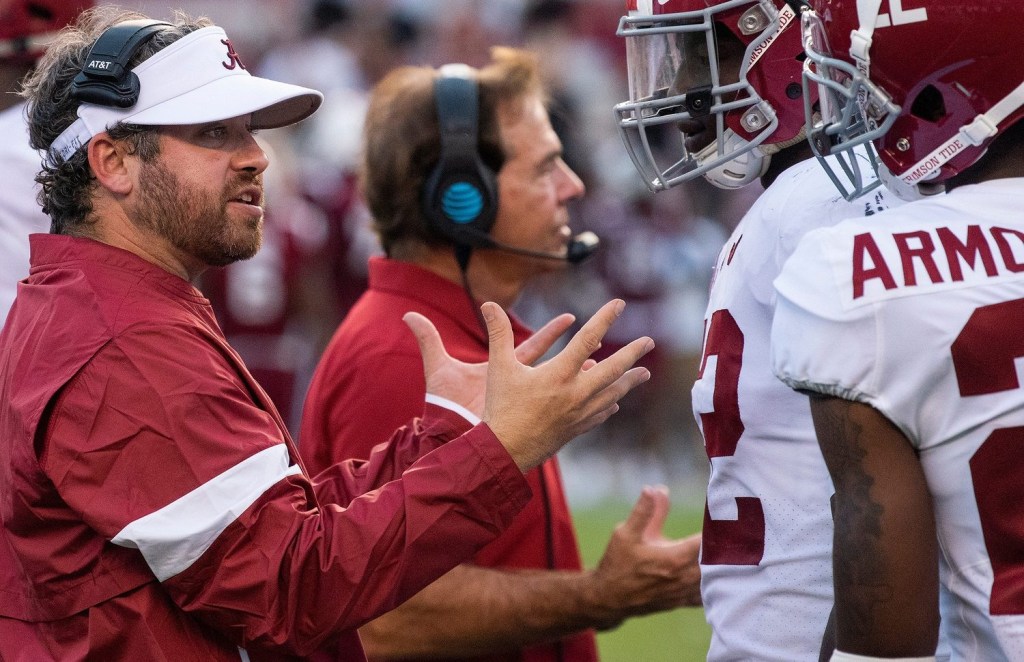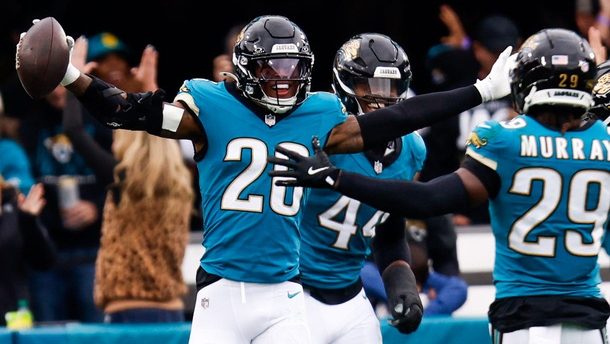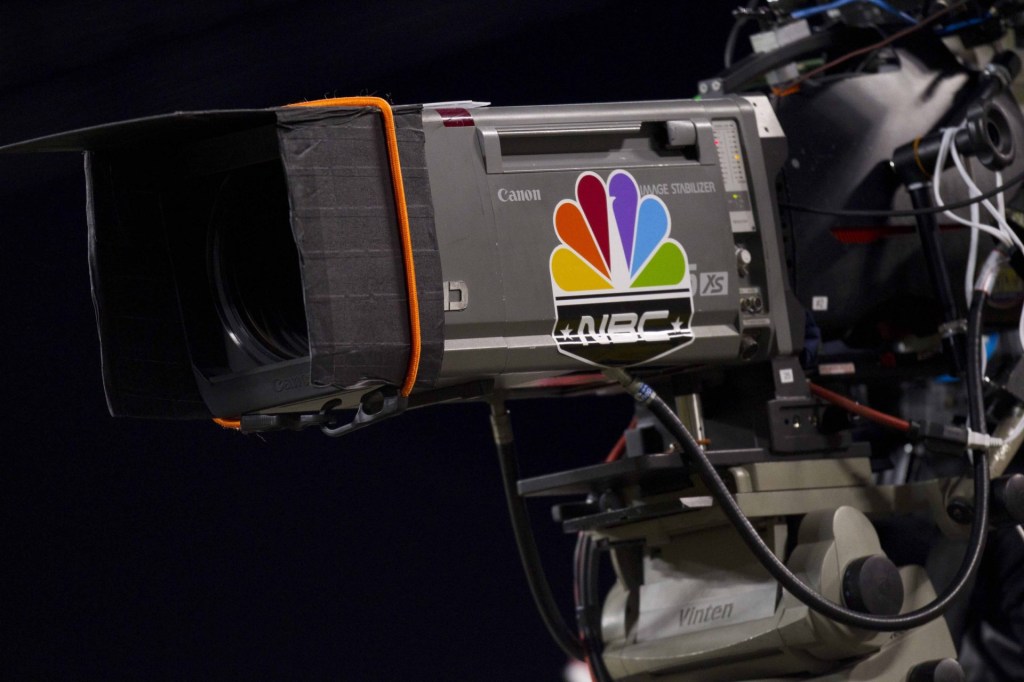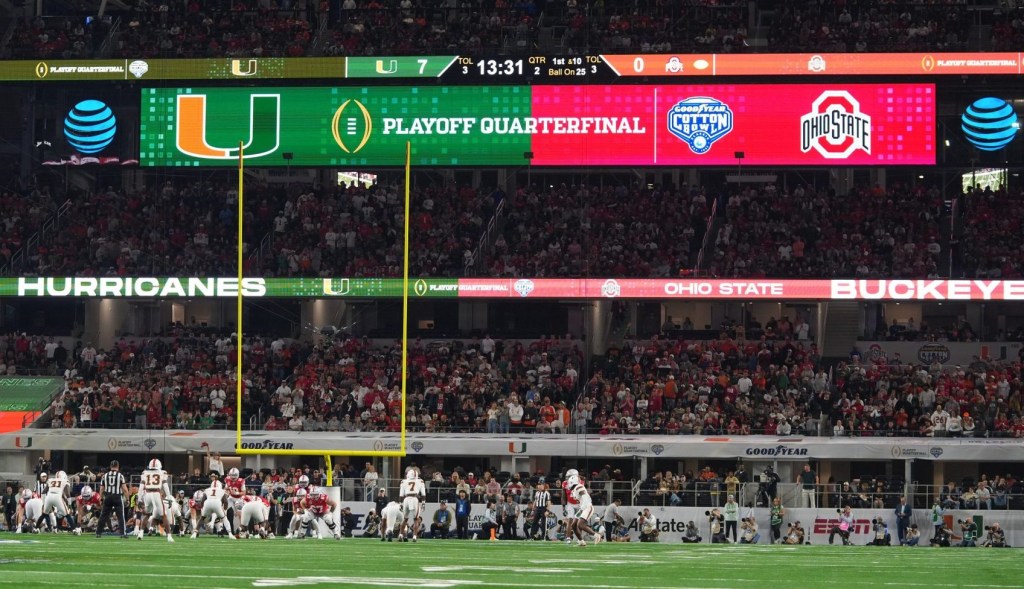The College Football Playoff is one of the most talked-about events in sports, creating massive amounts of debate and division about who should be part of the current four-team format, and how the future 12-team structure will be built. It has also solidified its status in the last year as the biggest event in all of U.S. sports outside of the NFL, at least in terms of TV audiences.
Against the CFP’s backdrop of disruption and uncertainty, last year’s championship game ranked 78th among the top 100 U.S. TV broadcasts of 2023, with an average audience of 17.2 million. That game, won by Georgia, was one of just seven entries on the top 100 list that weren’t NFL offerings, and college football was the only other sport on that list. Four games in the current college football season have performed even better, suggesting a monster TV rating to come for Monday’s title tilt between Michigan and Washington:
- 19.1 million for the Ohio State-Michigan game on Thanksgiving weekend (61st on the 2023 top 100 list)
- 17.5 million for the SEC title game on Dec. 2 between Alabama and Georgia (74th)
- 27.2 million for the CFP semifinal between Michigan and Alabama on Jan. 1, representing one of the 10 most-watched cable TV telecasts of all time
- 18.4 million for the other CFP semifinal on Jan. 1, played between Washington and Texas
These audiences outdistance the current TV draws for other major pro and college sports events, such as the NBA Finals, World Series, Final Four, Kentucky Derby, and the Masters. It’s also why a wide range of TV networks and streamers are coveting the rights to the expanded CFP. ESPN currently holds the rights to the quarterfinals, semifinals, and title game through 2026.
But talks are underway for the rights to first-round games the next two seasons, and the full CFP package starting in 2026. The growing size of the CFP—both in the number of games and the overall stature of the event—could lead to an NFL-like split of the rights among several media partners.
















